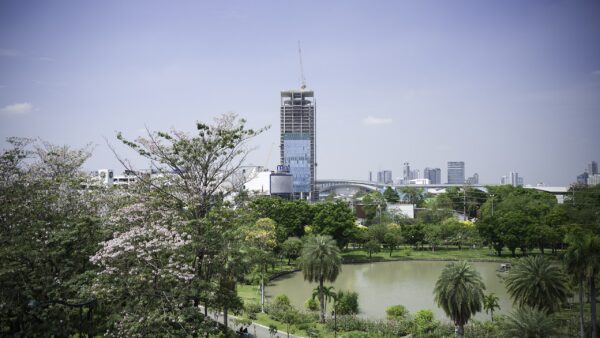Japan’s Cabinet on Friday (15 June) adopted an economic plan that would allow much needed foreign workers in construction and other sectors as the rapidly ageing country compensates for its declining workforce.
Under the plan, Japan will relax visa requirements in the skills-starved sectors, including nursing, agriculture, transport and construction, and create new visa categories for professionals.
Workers would be allowed to stay in the country for up to five years as visitors, not as immigrants, but will not be allowed to bring family, a measure that would encourage them to leave when their visas expire.
Sensitive about Japanese culture, the government will also set high standards for language skills and cultural understanding, according to an Associated Press report carried in news site Asahi Shimbun.
“As we have faced a severe labour shortage at small and medium-size companies, we need to allow more foreign workers with certain levels of expertise and skills, not just those with highly specialised skills that we have accepted,” said economic and fiscal policy minister Toshimitsu Motegi. “We need people who can start immediately.”
The plan needs parliamentary approval before it takes effect.
Motegi said the plan is not intended to undercut wages with cheap labour or to change to Japan’s immigration policy.
The number of foreign workers in Japan has nearly doubled over the past five years to 1.28 million last year.
Vietnamese workers are the fastest growing group; its numbers increased by 40% from a year earlier, many of them working in construction.
Currently Japan only grants visas for highly skilled technical professionals, but small companies often take advantage of visa loopholes for foreign students and others on technical internships, putting them to work in factories and other low-skilled jobs.
Human rights groups and business lobbies have urged the government to expand work visas so that foreign workers can work legally and under improved conditions, reports Asahi Shimbun.
Image: Construction workers in Japan (Kojach/Creative Commons)
Further Reading:










